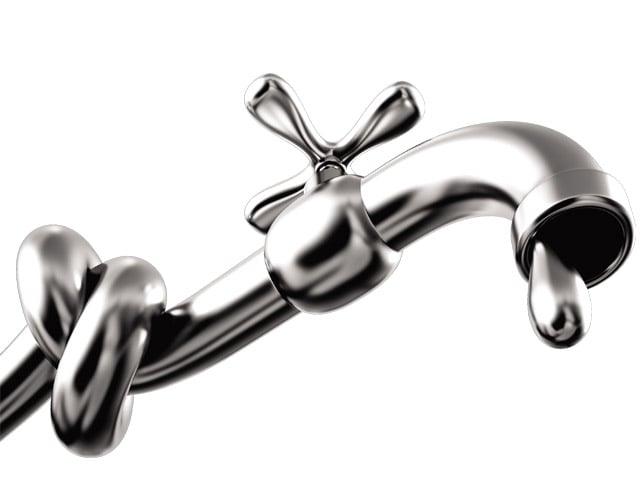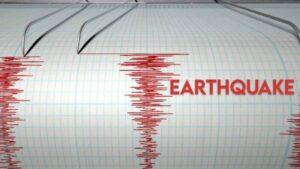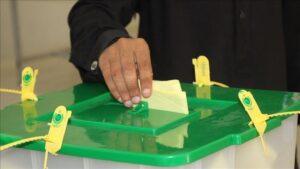Karachi:
The Director of Operations (COO) of the Karachi Water & Alecterage Corporation (KWSC) Asadullah Khan engineer launched a detailed video statement that addresses the causes and repair measures related to the explosive water lines in the siphon 19 near the University of Karachi.
He explained that the water lines in the area have several decades, one installed in 1956 and the other in 1971, which makes them 69 and 54 years, respectively. Their designated life lives have expired a long time ago. He affirmed that Siphon 19, located near the University of Karachi, has two 84 -inch diameter PRCC pipes (concrete cylinder reinforced with Strasa), one of which is 16,000 feet (approximately five kilometers) long. Siphon 19 begins in the city of Saadi and extends to University Road.
The COE pointed out that U U pipes in the siphon significantly increase water pressure. The water that flows through these U -shaped sections generates much more pressure compared to straight duct lines. As a result, ancient and weakened pipes cannot support additional pressure, which causes them to explode.
He clarified that the pipes ranging from Dhabeji to Karachi are straight ducts and do not experience this greater pressure, so they remain intact. In addition, he shared that the damaged PRCC line in Siphon 19 is being replaced by a sweet steel pipe (MS). To guarantee durability, four tons of molten lead, heated at 300 ° C, will be poured at both ends of the pipe. The process is called lead discharge. He expressed the hope that the repair work would be completed on Saturday night, after which the water supply was expected to return to normal. He apologized to citizens for discomfort.
Sliding left
Meanwhile, experts said that the repairs of the seven -foot wide pipeline, initially expected for Saturday, now they would probably continue until Sunday. They said that even if, by chance, KWSC manages to complete the repair work for Sunday that an additional three -day period would be required for the standardization of the water supply to the city.




